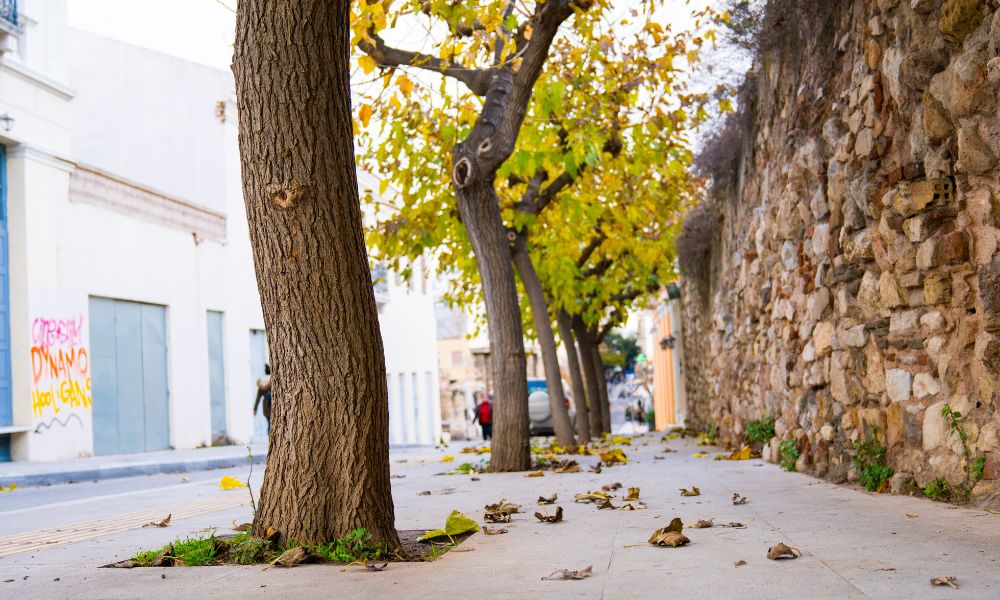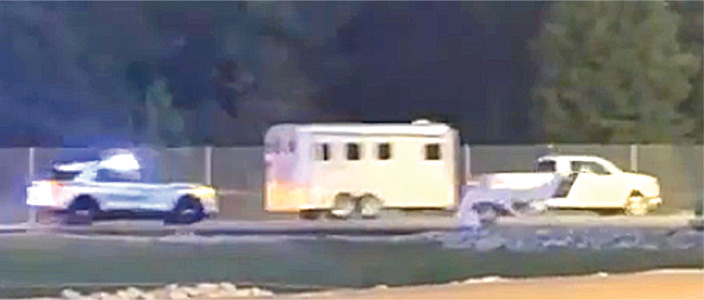
Cities can be concrete jungles, at times full of more gray than green. But within the urban sprawl, community gardeners are leading the charge to reintroduce nature into our everyday lives. Trees, with their myriad of benefits, are a vital part of this transformation. However, planting trees in the urban environment comes with challenges and considerations. Here are some essential tips and tricks for planting trees in the city to ensure they thrive.
Select the Right Tree Species
Not just any tree will do when you’re planting in a city. Urban environments have specific characteristics, like air pollution and compacted soil, that can limit the types of trees that will flourish. Choose tree species that are hardy and can withstand urban stressors.
The London Plane is one such species. They can handle pollution and harsh conditions exceptionally well. Equally, the Callery Pear has a reputation for its adaptability to various soil types. Seek advice from local arborists or community garden groups for recommended tree species based on your city’s climate and environment.
Use the Proper Planting Techniques
Available space can be at a premium in an urban setting, so ensuring the trees have the best start possible is essential. Use proper planting techniques, such as digging a wide hole and at the same depth as the root ball, as planting too deep can suffocate your tree. It’s also crucial to loosen the soil around the hole, which will encourage the roots to grow outward, not in a circle.
Plant During the Dormant Season
Plant your trees during the dormant season for the best chance of survival, typically in the fall or early spring. Doing so allows the tree to focus on root establishment, rather than putting energy into foliage growth. Strong root systems are especially important in cities, where trees may have limited access to nutrients and water.
Assess Soil Quality and Nutrients
Assessing your soil quality beforehand is another crucial tip for successfully planting trees in the city. Urban soils can have poor quality due to human foot traffic and reduced access to recycled nutrients. Therefore, it’s important to know what you’re working with before you begin. You can perform many simple tests to check for compaction or pH levels.
Adding organic matter to the planting hole can help improve soil structure and provide much-needed nutrients to your fledgling tree. Consider mixing in compost or other soil amendments, focusing on the area where the tree will extend its roots.
Install a Permeable Tree Pit
The urban environment can be unforgiving to newly planted trees. Installing a permeable tree pit is one protective measure you can take. Resin-bound tree pits are growing in popularity for their ability to allow resources to reach a tree’s roots while maintaining a clean and beautiful appearance. You’re already well on your way to helping any trees you plant thrive in harsh city conditions by understanding what resin-bound tree pits are and what they do. A well-designed tree pit protects the tree from compaction, prevents erosion, and encourages water retention—all of which are crucial for the tree’s early development.
Community gardeners work hard to sow the seeds of a greener, healthier city for everyone to enjoy. Make your efforts last by implementing these tips. With thought, care, and knowledge, each new tree in the city is a step toward a more sustainable future.






